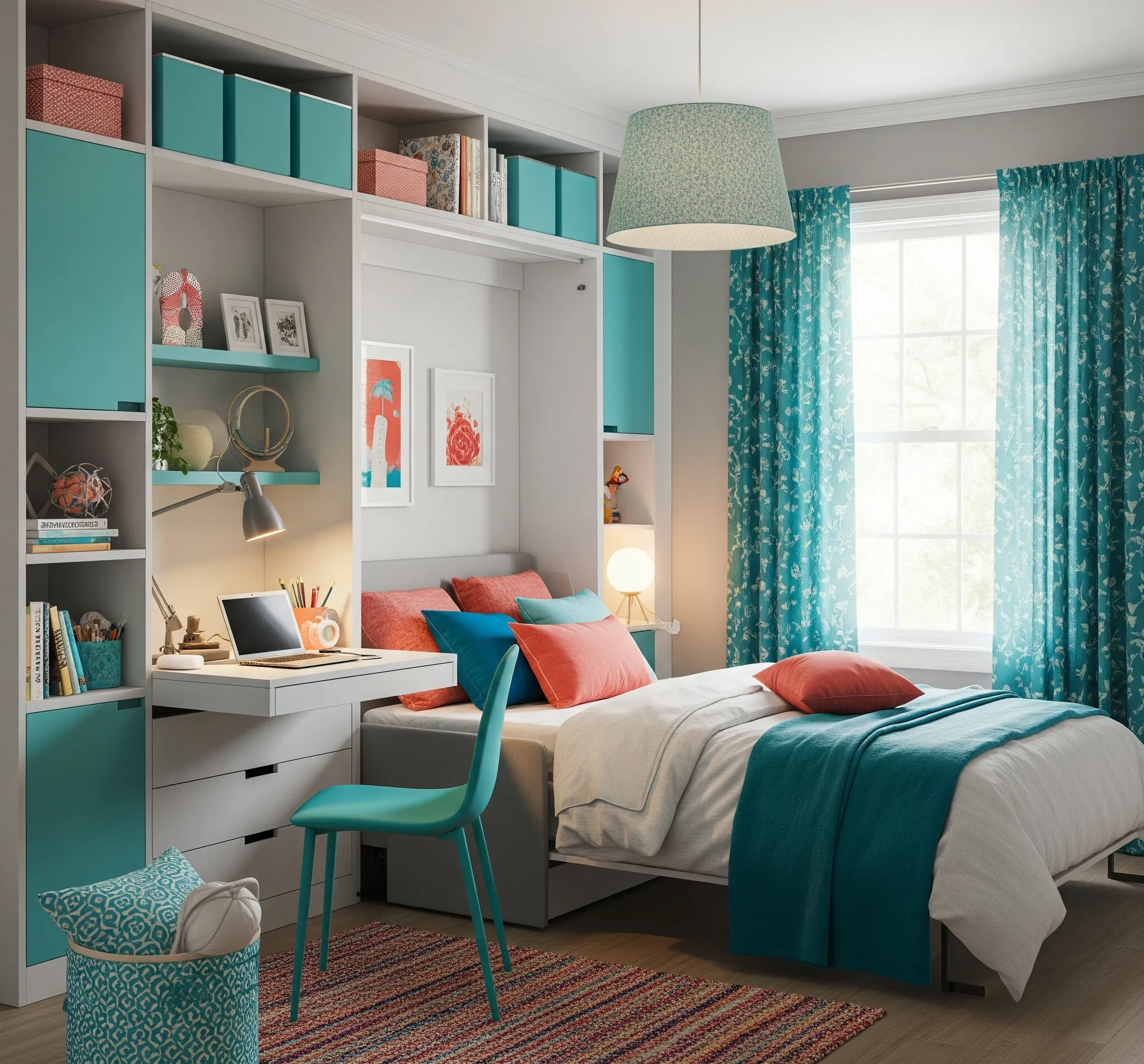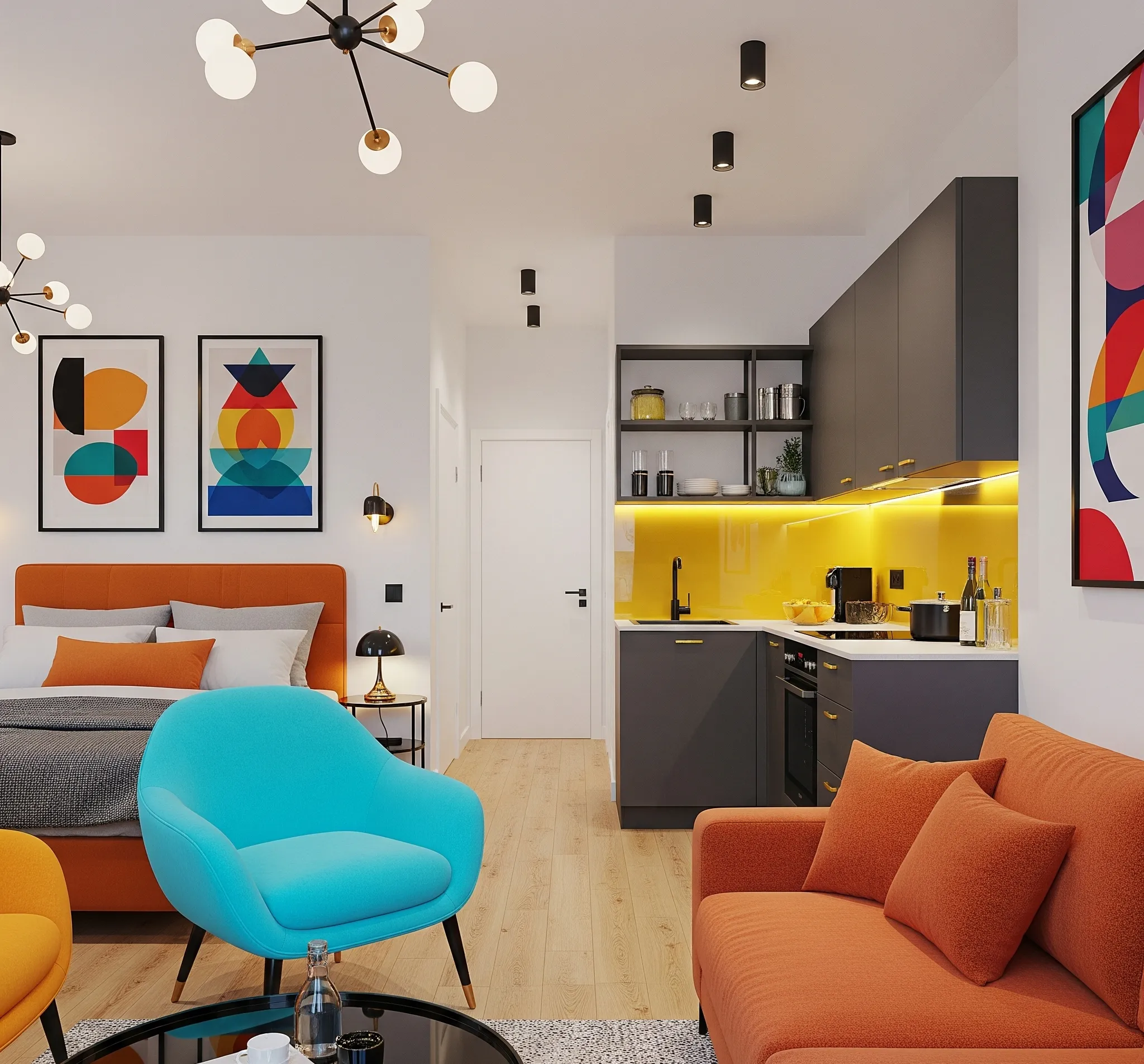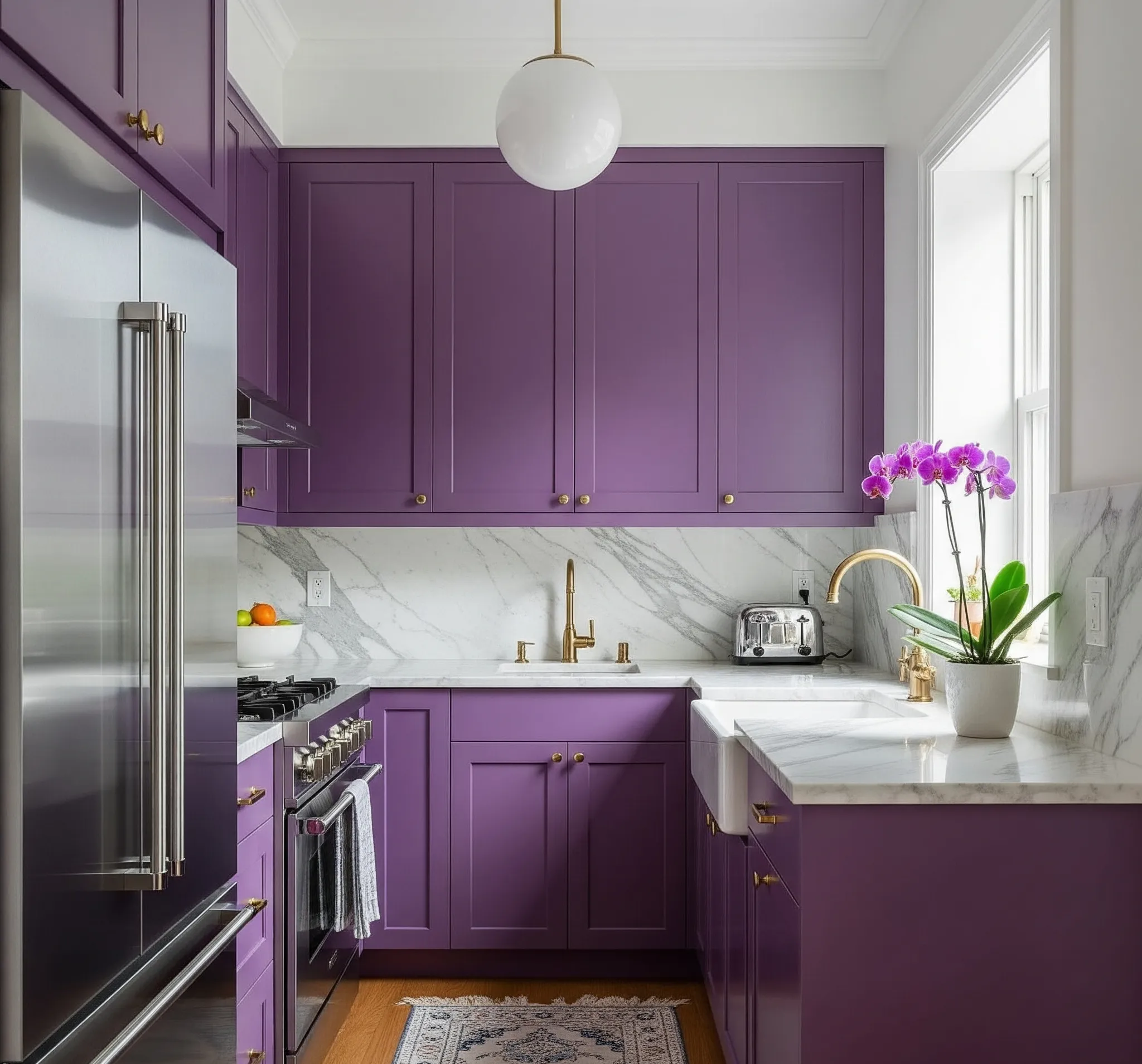Got a tiny room that feels more like a shoebox than a sanctuary? Believe me, I’ve been there. My first apartment was so compact, I swear I could cook dinner from my bed while simultaneously doing laundry. It was… an experience. But that’s where I truly started to get obsessed with making small spaces sing. Over the years, I’ve picked up a ton of tricks to transform even the most cramped corners into something truly awesome – functional, beautiful, and surprisingly spacious.
The Art of the Illusion: Making Small Rooms Feel Grand
So, you’re staring at a pint-sized room, probably wondering how on earth you’re going to fit anything more than a beanbag chair and your existential dread. But here’s the secret, folks: it’s all about creating an illusion. We’re not actually adding square footage (unless you’ve got some serious renovation budget, in which case, call me!), but we’re going to trick the eye into thinking there’s more room than there actually is. Think of it as a magic show, but for your living space.
1. The Power of Light and Brights
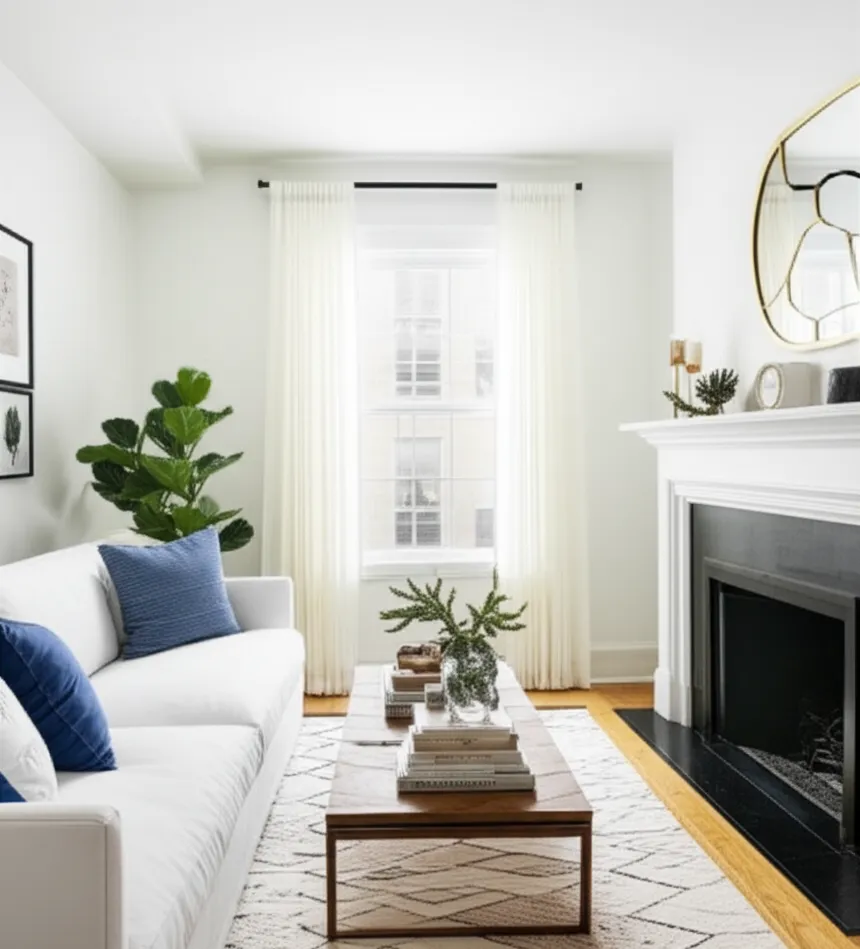
Ever walked into a room painted in a dark, brooding color and felt like the walls were closing in? Yeah, no thank you. Light colors are your absolute best friends in a small space. We’re talking crisp whites, soft grays, calming pastels, and even pale blues or greens. These shades reflect light, making the room feel airier and more expansive. Plus, they just feel clean and fresh, which is always a win.
Don’t just stop at the walls, though. Consider light-colored furniture and textiles too. A bulky, dark sofa can really eat up a room visually, but a sleek, light-colored one seems to float. This isn’t just about aesthetics; it’s about physics, my friends!
Pro Tip: For an extra pop, use an off-white with a subtle cool undertone to mimic natural light, even in a north-facing room. It makes a surprising difference.
2. Mirror, Mirror on the Wall
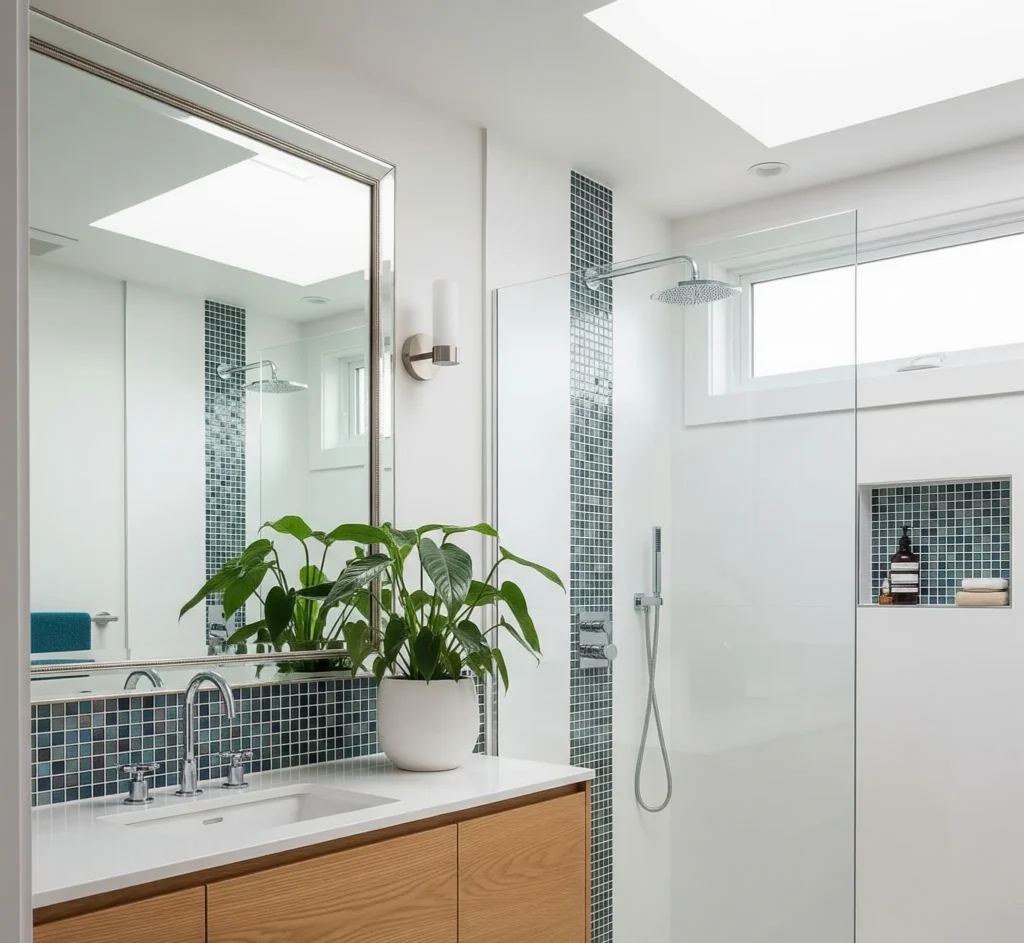
This is probably the oldest trick in the small-room book, but it’s a classic for a reason: mirrors work hard. They bounce light around, making a room feel instantly brighter and bigger. Seriously, it’s like adding an extra window without the hefty price tag or the pesky construction.
Place a large mirror opposite a window, and you’ll amplify natural light like crazy. Or, if you’re feeling fancy, create a gallery wall of smaller mirrors. It adds visual interest and still does the job of expanding the space. Just make sure you’re reflecting something pleasant, not your overflowing laundry basket. Been there, done that, not a good look.
Pro Tip: A full-length mirror leaning against a wall not only serves a purpose but also visually elongates the room.
3. Lighting is Everything (And I Mean Everything)
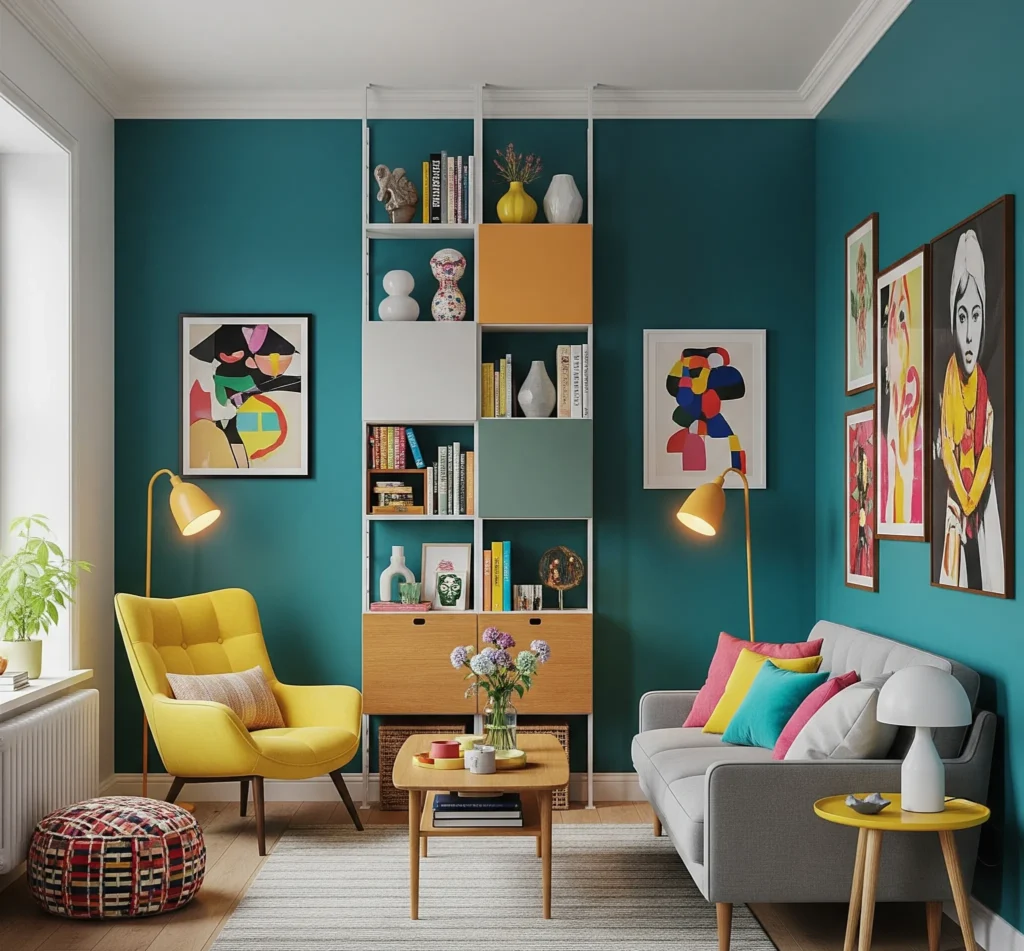
Dim, dingy rooms feel cramped and oppressive. Bright, well-lit rooms feel open and inviting. It’s a no-brainer, right? Maximize natural light as much as possible by keeping window treatments minimal – think sheer curtains or blinds that can be fully pulled up.
Beyond natural light, layer your artificial lighting. Don’t just rely on one overhead light fixture. Use a mix of ambient, task, and accent lighting. Think floor lamps, table lamps, wall sconces, and even strategically placed LED strips. This creates depth and eliminates dark corners that can make a room feel smaller. It’s about painting with light, literally!
Pro Tip: Install dimmers on your lights. They offer flexibility in setting the mood and can make a small room feel cozy without feeling cramped.
4. The Allure of Vertical: Go Up, Not Out
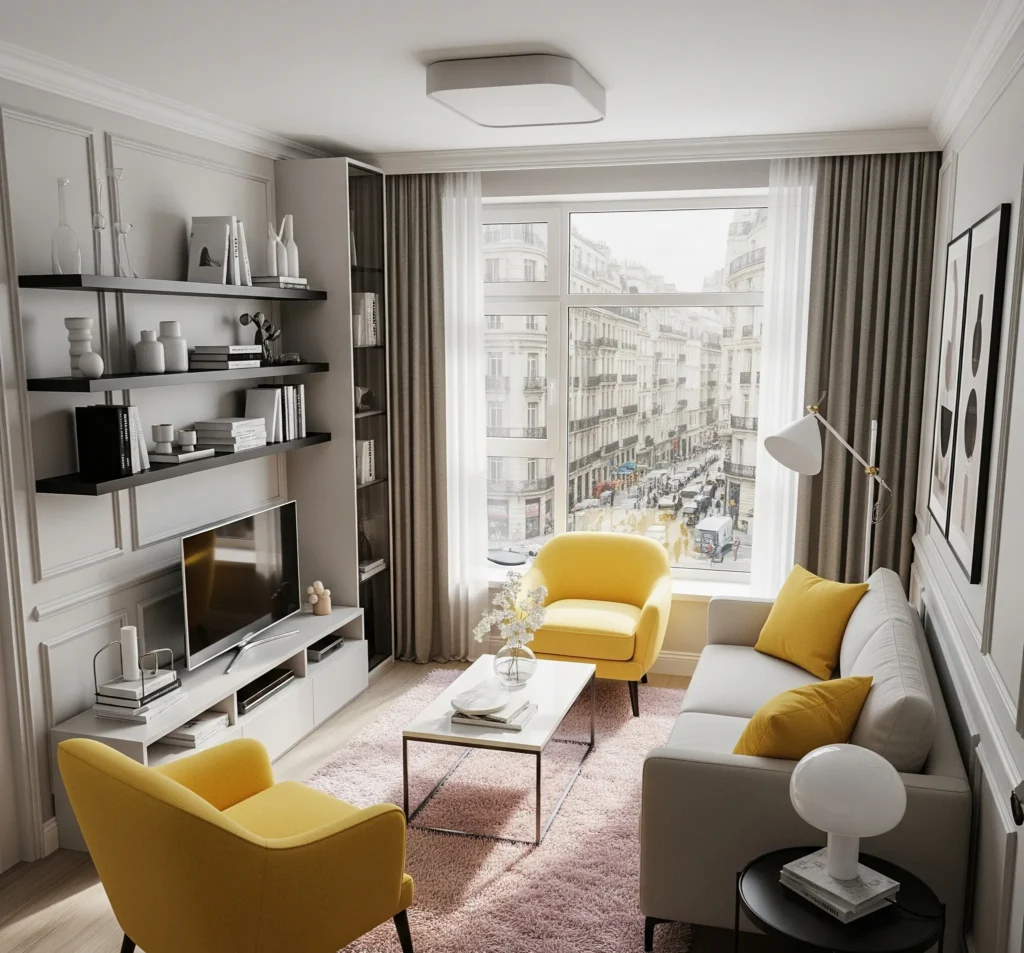
When you’re short on square footage, the only way to go is up! Seriously, start thinking vertically. This is where you can reclaim a ton of usable space that most people completely overlook. It’s like finding money in an old jacket – exciting!
Smart Storage Solutions: Your New Best Friends
Clutter is the enemy of small spaces. It makes a room feel chaotic and even smaller than it is. So, we need to get strategic with storage. Think beyond the basic dresser.
- Floating Shelves: These are amazing because they don’t take up any floor space and provide a perfect spot for books, plants, or decorative items. Plus, they look super sleek and modern.
- Wall-Mounted Everything: From TVs to desks to nightstands, if it can be mounted on the wall, do it! This frees up valuable floor real estate and keeps things streamlined.
- Built-Ins: If you’re able to invest a little more, built-in shelving or cabinets can be game-changers. They utilize every inch of an awkward nook or cranny and look incredibly custom. Plus, they add value, IMO.
- Over-the-Door Organizers: Seriously, don’t underestimate the power of these bad boys for shoes, toiletries, or even pantry items.
Pro Tip: When choosing shelves, opt for open shelving over closed cabinets to maintain an airy feel, but be mindful of keeping them tidy.
5. The Mighty Multi-Tasker: Furniture with a Secret Life
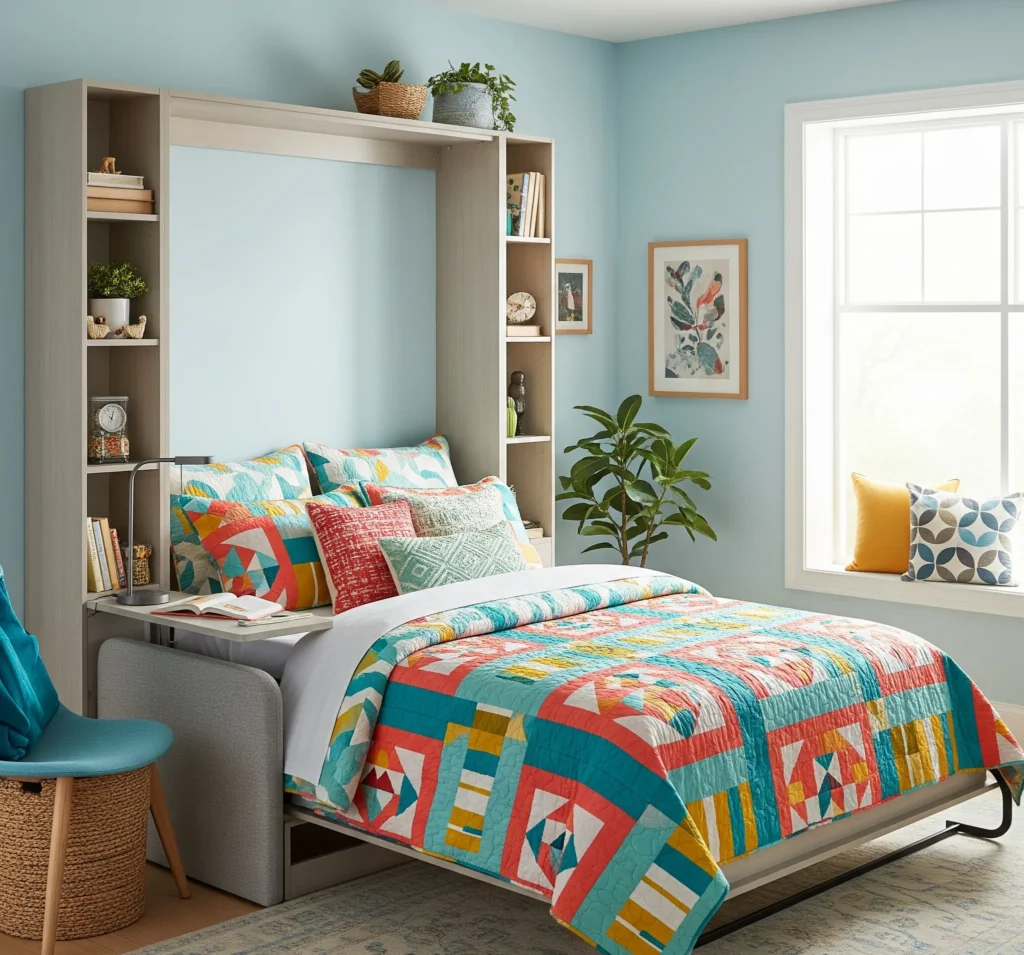
This is where things get really fun. In a small space, every piece of furniture needs to pull its weight, and then some. We’re talking about furniture that has a side hustle.
- Storage Ottomans: A perfect spot to rest your feet, an extra seat, and a hidden compartment for blankets or magazines? Yes, please!
- Sofa Beds: Obvious, I know, but essential for a guest room or studio apartment. Just make sure it’s actually comfortable to sit on as a sofa during the day.
- Nesting Tables: These are brilliant! You get multiple surface areas when you need them, but they tuck away neatly into one small footprint when you don’t.
- Loft Beds with Integrated Desks/Storage: For bedrooms, especially kids’ rooms or studio apartments, a loft bed literally doubles your usable space by putting your sleeping area up high. The space underneath can become a workspace, a lounge area, or a storage haven. This is a personal favorite of mine; I wish I had one in college!
- Folding Furniture: Think fold-down desks or dining tables that can disappear when not in use. Perfect for those who only occasionally need a dedicated workspace or dining area.
Pro Tip: Before buying any piece of furniture for a small room, measure it and then measure the space it will occupy again. You’d be surprised how often that saves you a headache.
Design Strategies That Fool the Eye
Beyond the physical stuff, there are some clever design tricks you can employ to make your small room feel like it’s been on a growth spurt. These are the subtle nudges that make a huge difference.
6. Strategic Use of Patterns and Textures
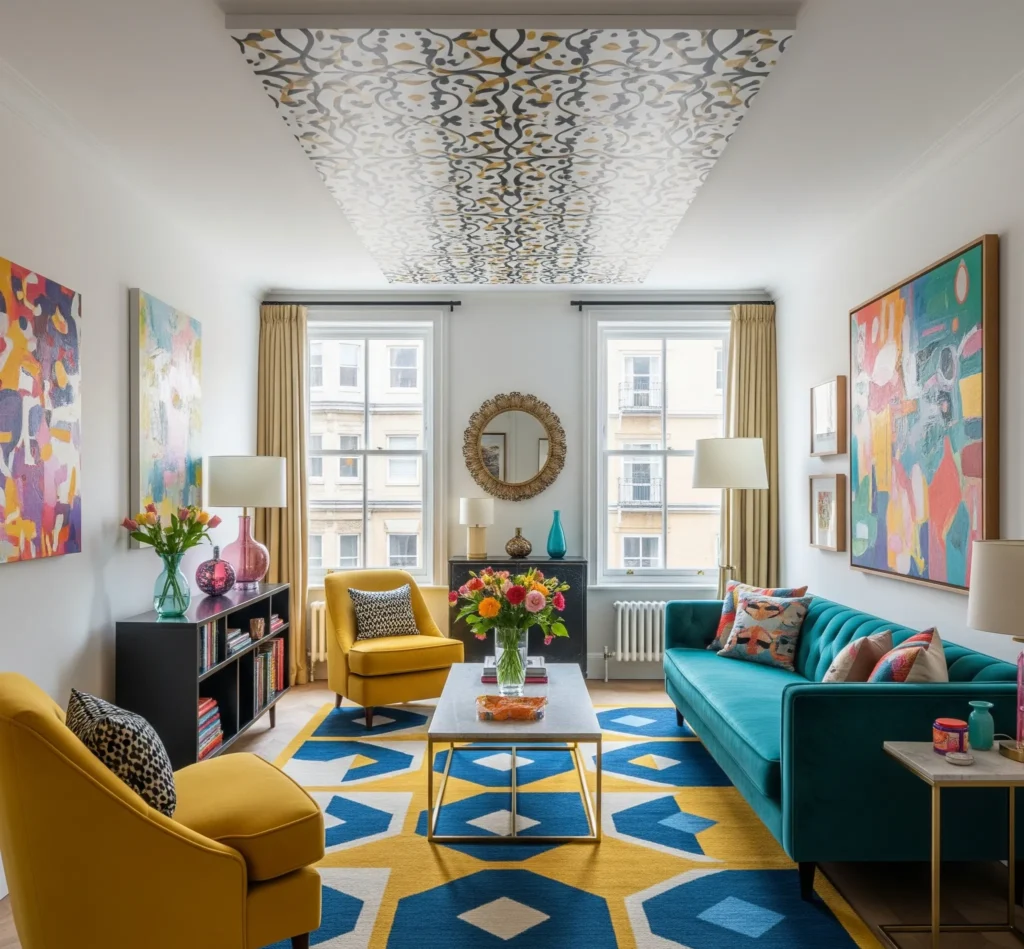
Don’t be afraid of patterns just because your room is small! The key is to use them wisely. Large, busy patterns can overwhelm a small space, but subtle patterns can add interest without making it feel claustrophobic. Think tone-on-tone patterns or small, delicate prints.
Texture, on the other hand, is your secret weapon. Incorporate different textures through throw pillows, blankets, rugs, and even wall art. This adds depth and visual interest, making the room feel richer and more layered, which in turn distracts from its actual size. Ever wondered why a cozy blanket just feels right? It’s the texture!
Pro Tip: Use a single, striking piece of patterned art to draw the eye upward and outward, making the ceiling seem higher.
7. The Magic of Monochromatic Schemes
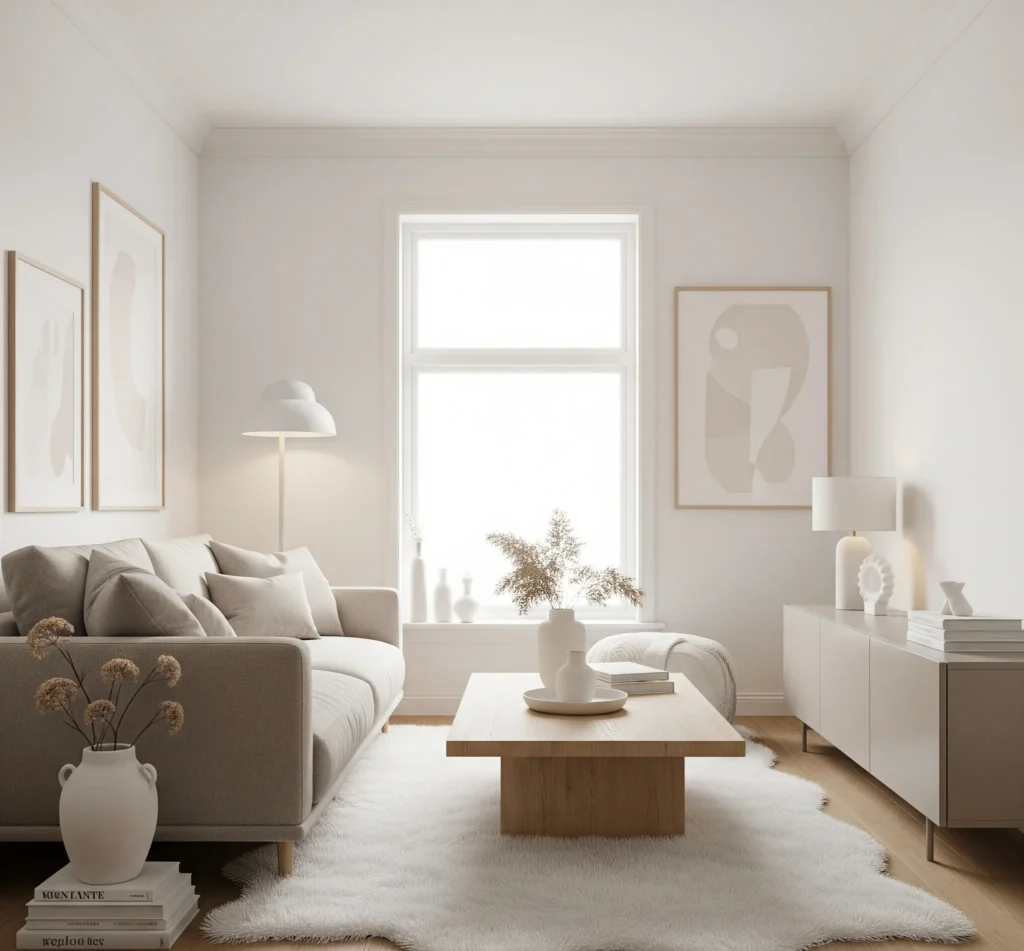
While a variety of colors can be fun, a monochromatic color scheme (using different shades and tints of the same color) can create a seamless flow that makes a room feel larger. When there are fewer harsh visual breaks, the eye travels smoothly across the space, creating an illusion of continuity and expansiveness.
This doesn’t mean boring! You can add depth and interest through varying textures, finishes (matte, glossy, metallic), and different shades of your chosen color. Think a pale gray wall, a slightly darker gray sofa, and a charcoal gray throw. Chic, right?
Pro Tip: Incorporate a small amount of an accent color to prevent the monochromatic scheme from feeling too flat.
8. Scale it Down: Don’t Overwhelm
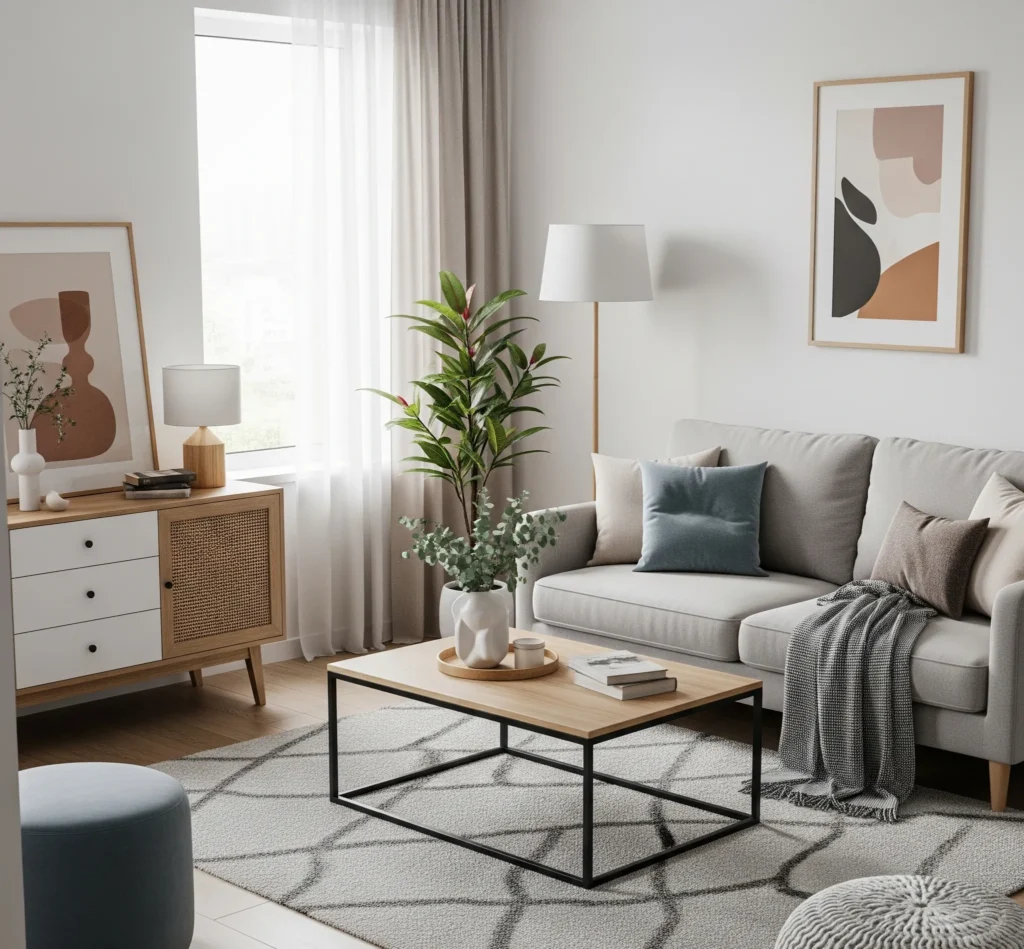
This might seem obvious, but it’s a mistake I see all the time: cramming oversized furniture into a small room. It’s like trying to fit an elephant into a Mini Cooper – it just doesn’t work, and someone’s going to get squished.
Opt for smaller-scale furniture that fits proportionally within the room. Choose pieces with slender legs or open bases, as they allow light and sightlines to flow underneath, making the room feel less crowded. A chunky, skirted sofa might look cozy, but it’ll visually block off a small space. Think sleek, slim, and elevated.
Pro Tip: Use a transparent or translucent coffee table (like glass or acrylic) to maintain an open feel in the center of the room.
Tailoring Design to Specific Small Spaces
Different small rooms have different needs, even though the core principles remain the same. Let’s talk specifics, shall we?
9. Cozy Small Bedrooms
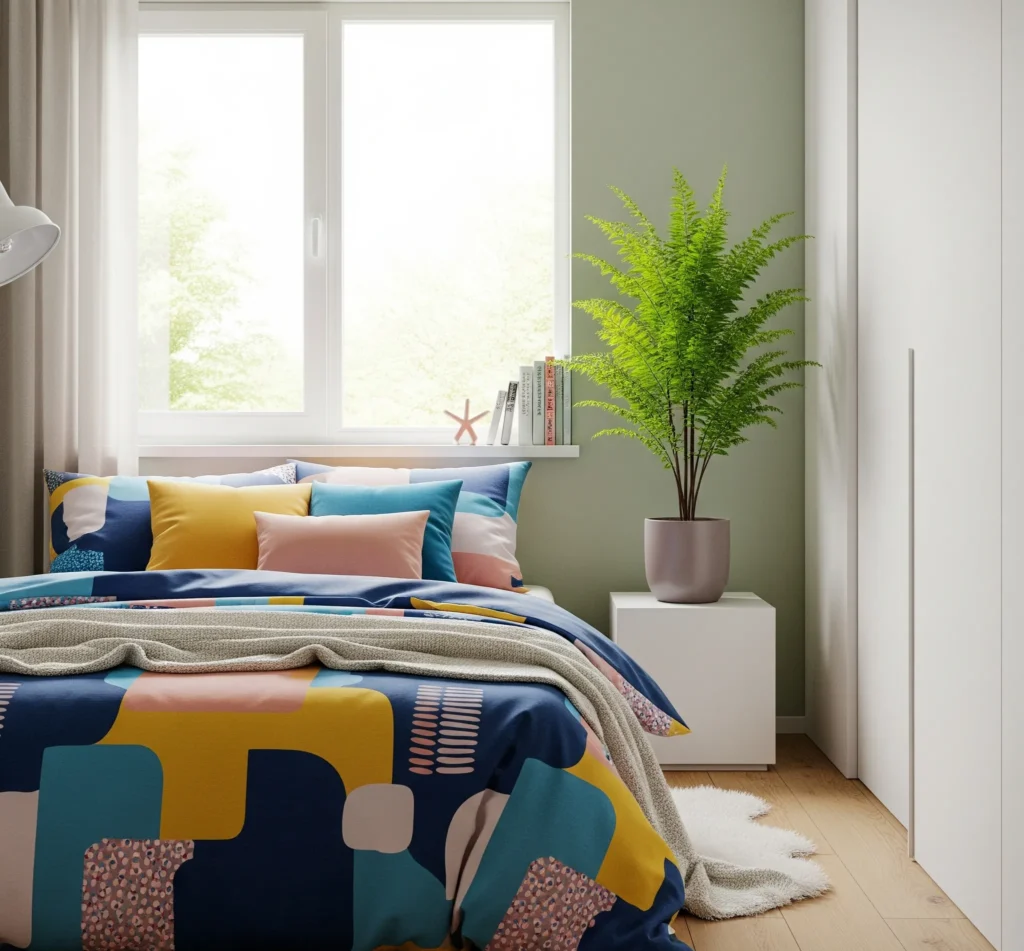
Small bedrooms are common, and boy, can they feel restrictive. But they can also be incredibly cozy and inviting.
- Headboards with Storage: Some headboards come with built-in shelves or even pull-out drawers, perfect for books, glasses, and other bedside essentials. No need for a bulky nightstand!
- Wall-Mounted Sconces: Instead of table lamps that eat up nightstand space, mount sconces on the wall above your bed. Free up that precious surface!
- Under-Bed Storage: Lift your bed frame or invest in storage bins that slide neatly underneath. This is prime real estate for seasonal clothes or extra linens.
Pro Tip: Keep bedding light and simple. Busy patterns or too many pillows can make a small bed feel overwhelming.
10. Functional Small Offices
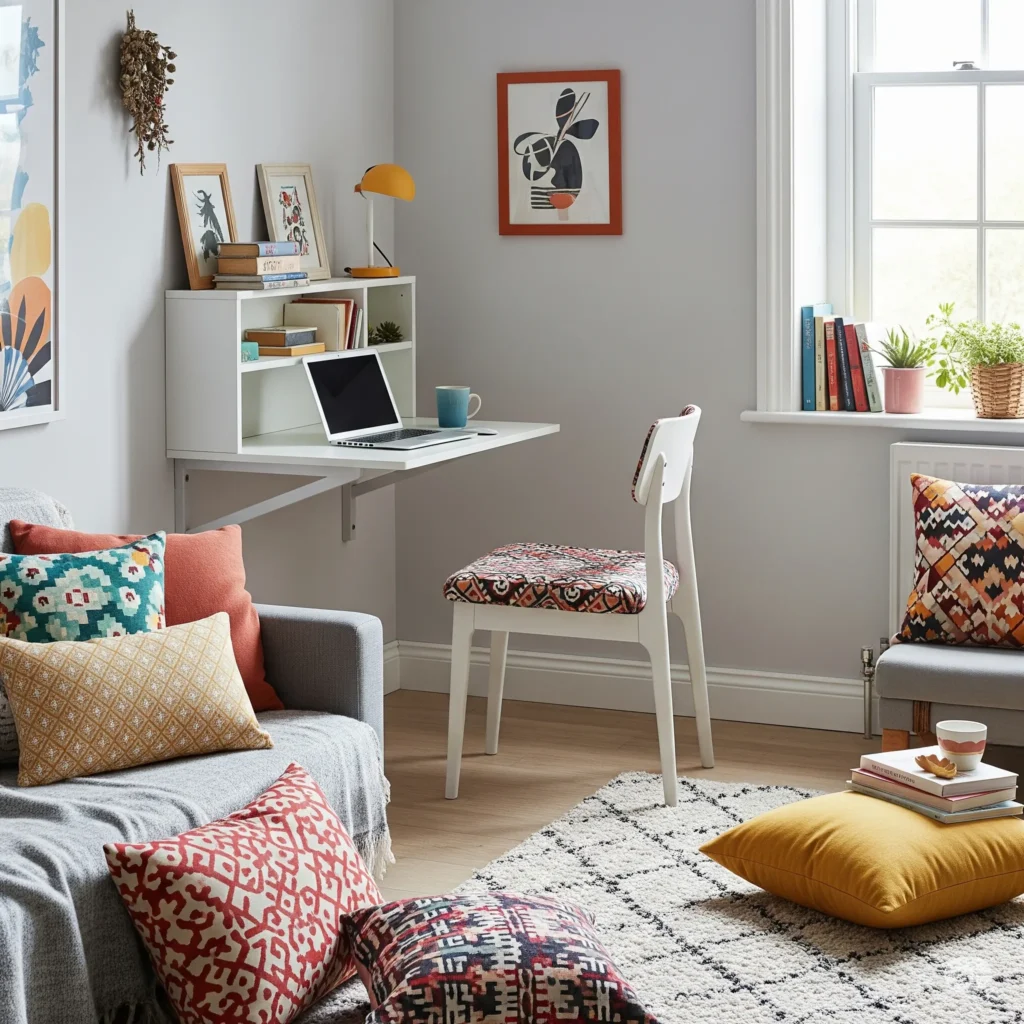
Working from home in a tiny nook can be challenging, but it’s totally doable. The goal here is functionality without sacrificing aesthetics.
- Wall-Mounted Desks: These are absolute lifesavers. They fold down when you need them and fold up when you don’t, disappearing into the wall. Genius!
- Vertical File Organizers: Don’t let papers pile up. Use magazine files or wall-mounted pockets to keep documents tidy and off your desk.
- Ergonomic Chair on Wheels: A compact, comfortable chair that can be easily tucked under the desk or rolled into a corner is essential.
Pro Tip: Choose a desk chair without arms if space is super tight, as it will tuck away more completely.
11. Inviting Small Living Areas
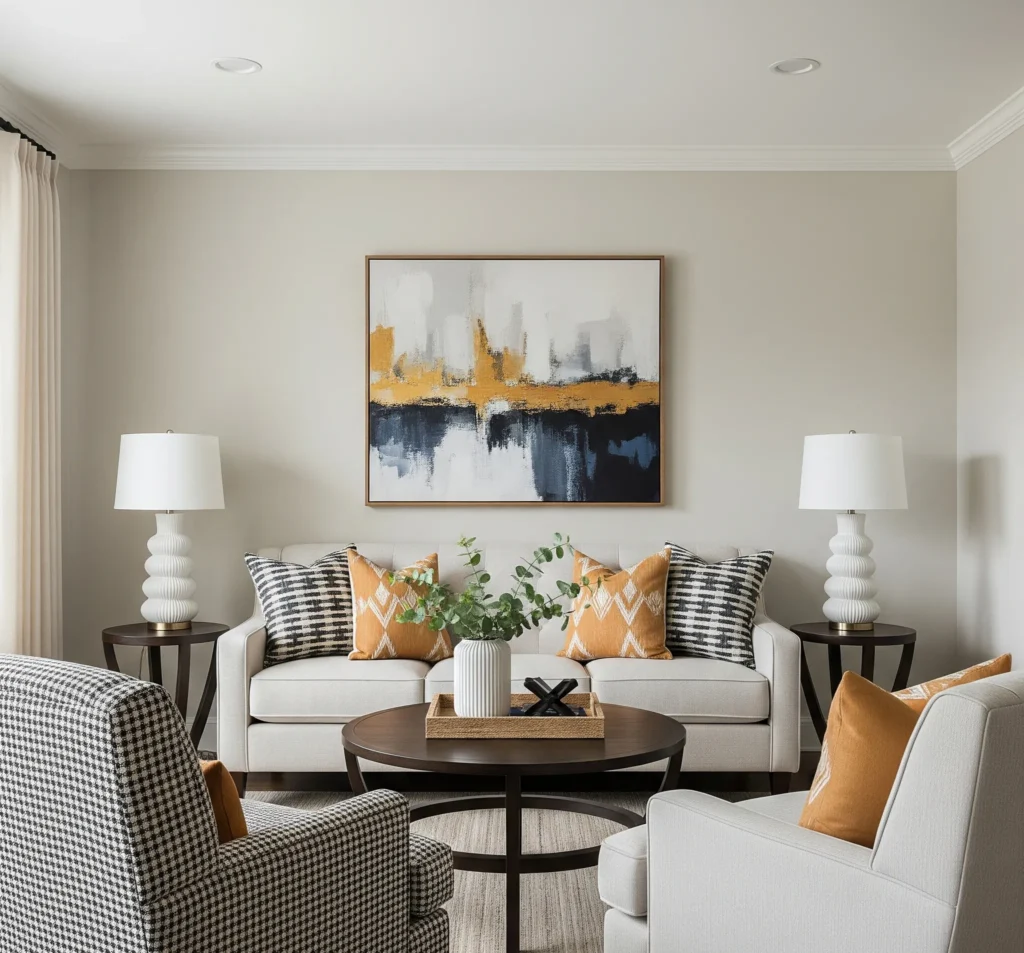
This is where you chill, entertain, and generally live your best (compact) life. Make it count!
- Loveseats Instead of Full Sofas: Sometimes, a full-sized sofa is just too much. A well-proportioned loveseat or even two armchairs can provide ample seating without overwhelming the room.
- Floating TV Unit: Mount your TV on the wall and use a slim, floating media console underneath. It keeps the floor clear and looks modern.
- Gallery Wall: Instead of one massive piece of art, create a gallery wall with various sizes and shapes. This adds personality and draws the eye around the room, making it feel more dynamic.
Pro Tip: Consider furniture with exposed legs. This creates a sense of openness and allows light to flow underneath, making the room feel less heavy.
Final Thoughts: Embrace the Cozy!
So there you have it, folks! Small spaces don’t have to be a curse. They can actually be an incredible opportunity to get super creative and intentional with your design choices. By focusing on light, smart storage, multi-functional furniture, and clever design illusions, you can transform even the smallest room into a place you genuinely love.
Remember, it’s not about how much space you have, but how you use it. Embrace the cozy, work with what you’ve got, and don’t be afraid to experiment. You might just surprise yourself with how much potential that little room actually has. Now go forth and conquer those compact quarters! What small space challenge are you tackling first?
